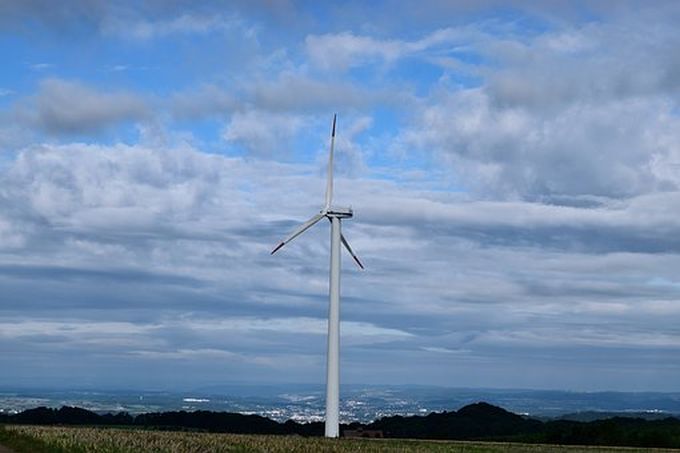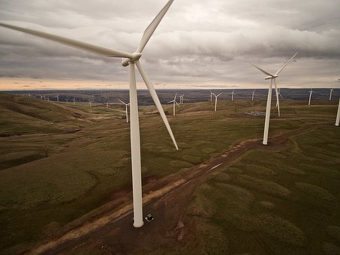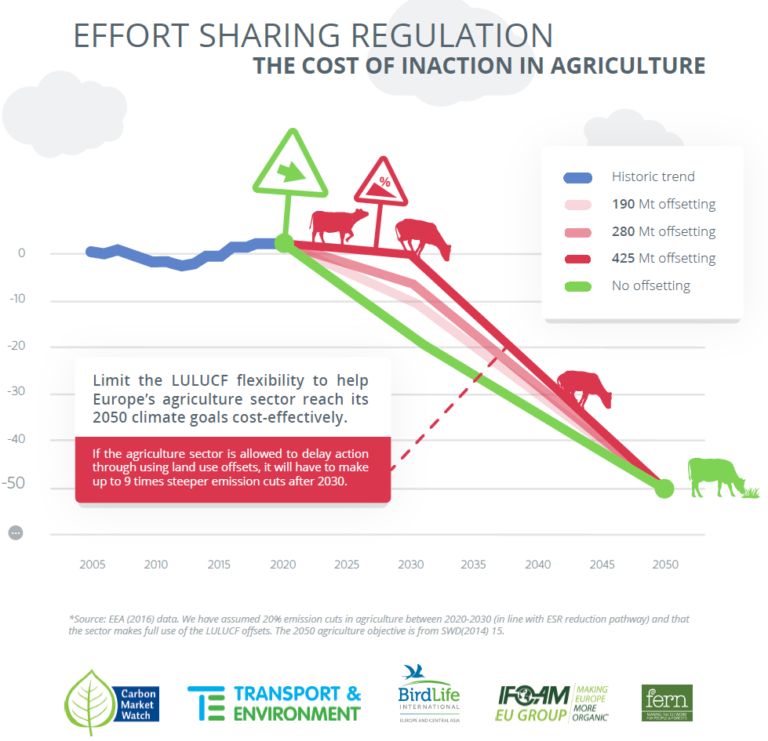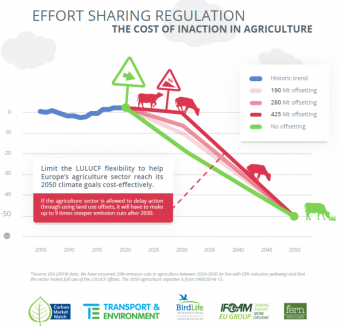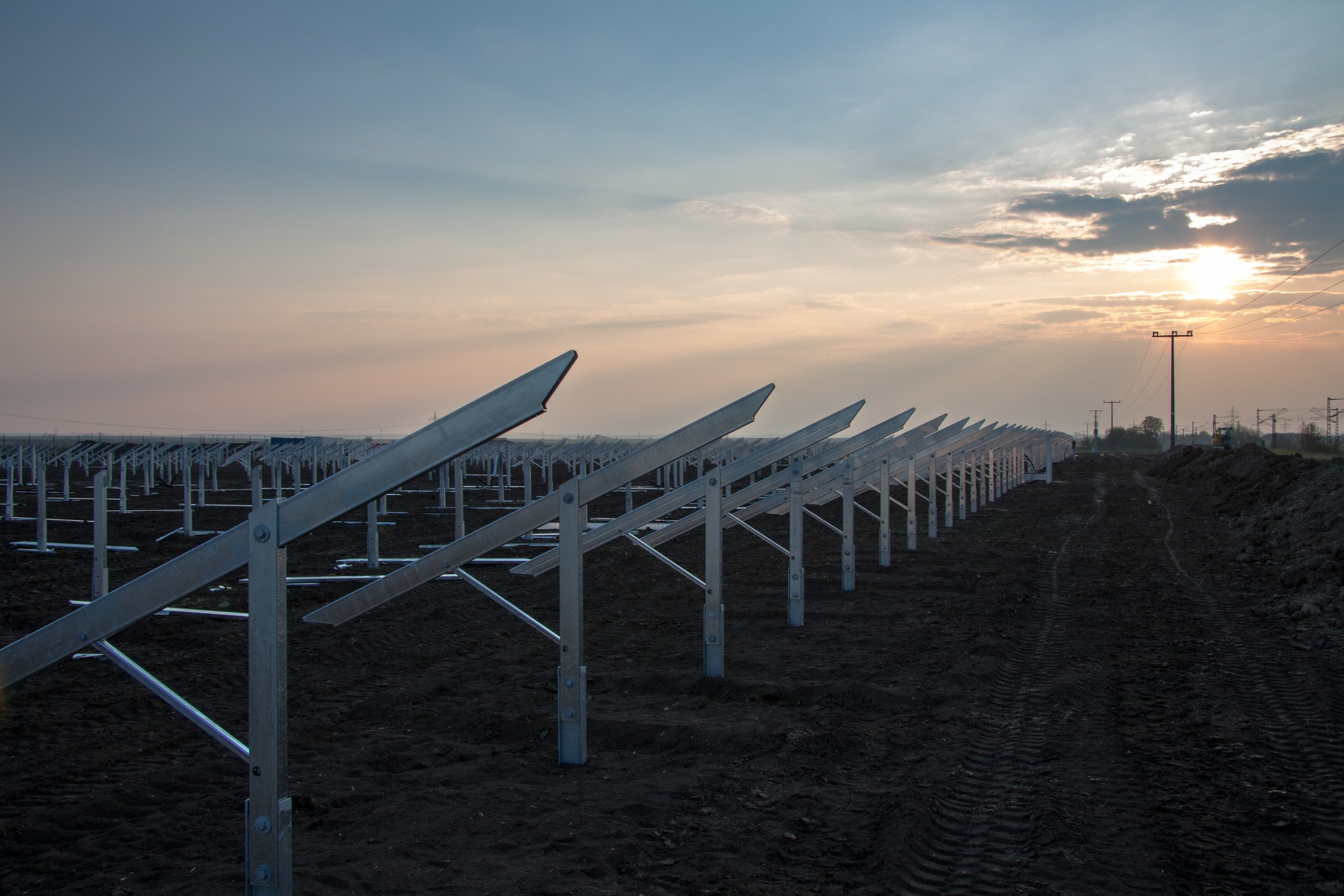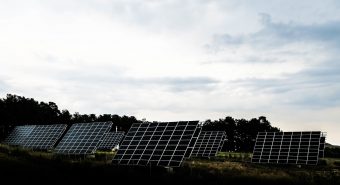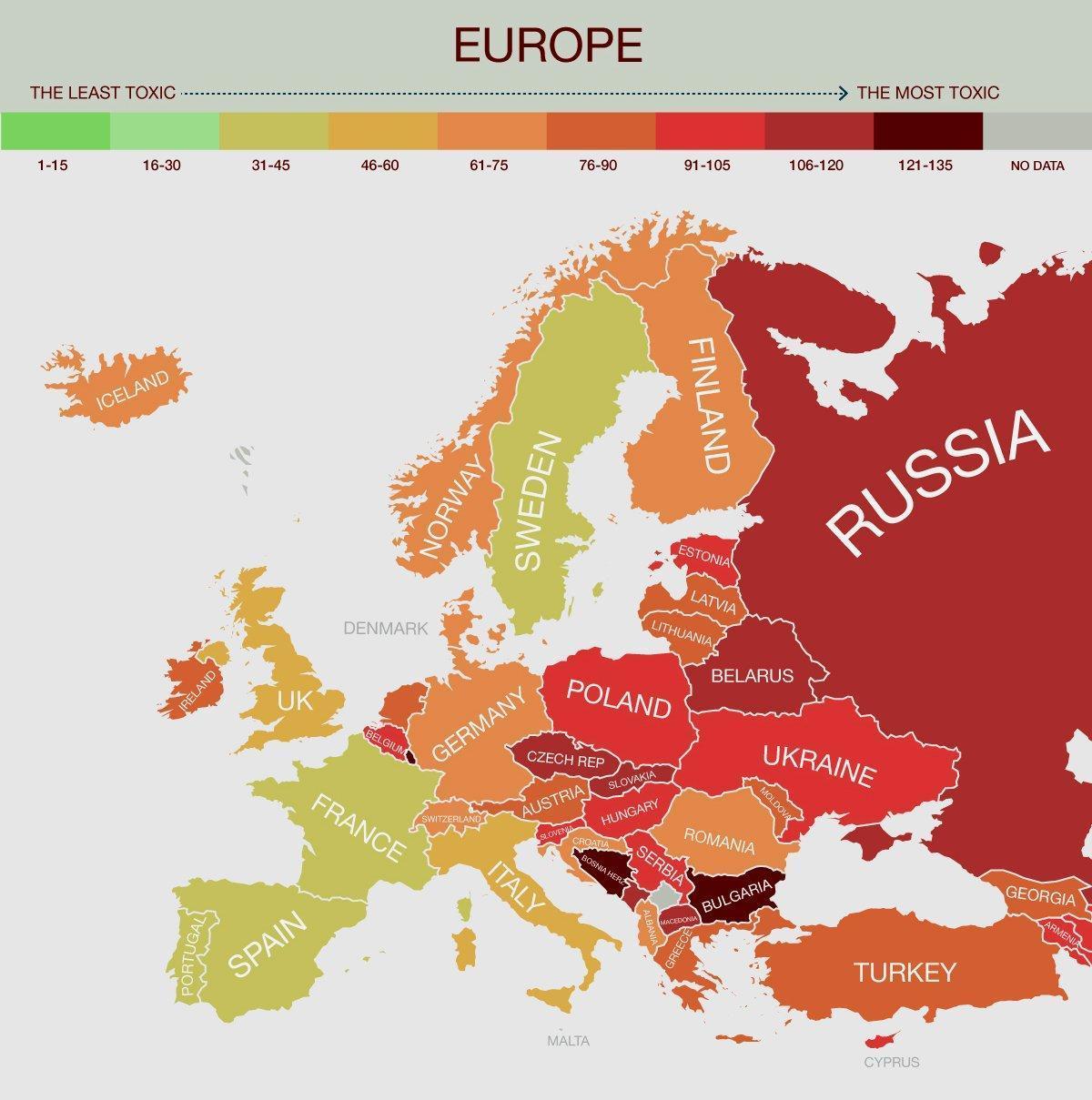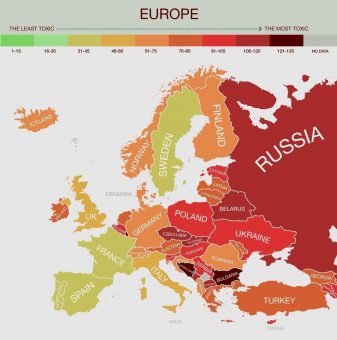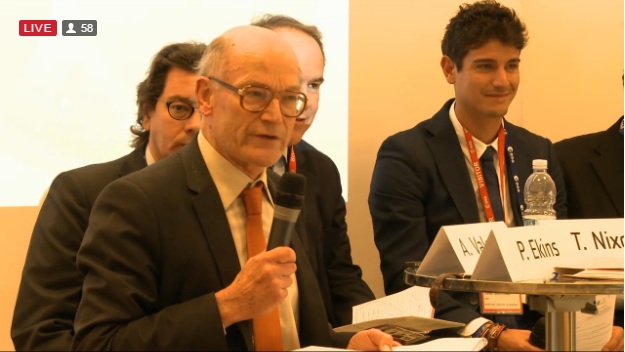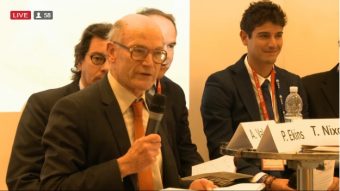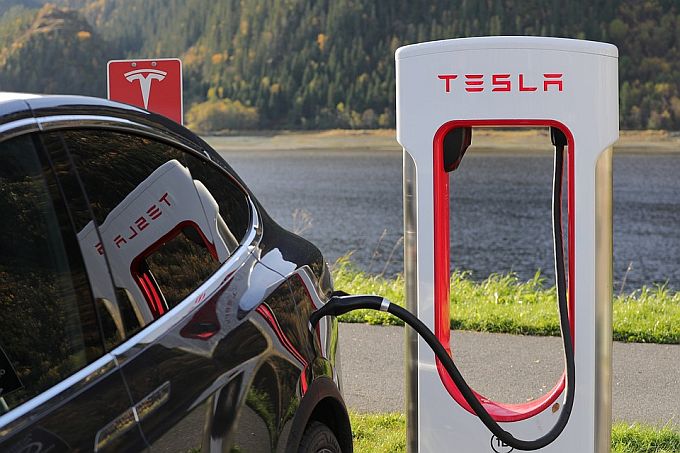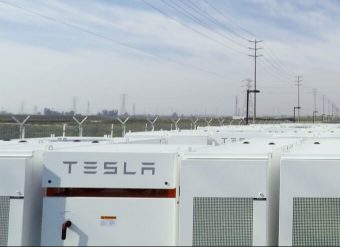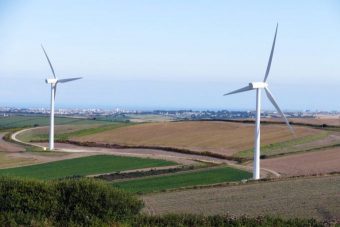
Engie and Schneider Electric have signed a memorandum of understanding (MoU) to explore and deploy digital technology to help improve the operational efficiency of renewable assets, such as wind and solar.
The companies will use SCADA and related software provided by Schneider Electric’s Wonderware system.
They will also investigate asset and SCADA obsolescence management, remote monitoring and diagnostics and cybersecurity.
Schneider Electric already provides Engie’s European wind and solar plants with real-time monitoring and management.
Engie executive vice president Didier Holleaux said: “Engie’s objective is to develop remote supervision and control of its global renewable energy production assets, and possibly other energy assets as well, to optimise their performance.
“We are working in close collaboration with Schneider Electric with a shared vision of the challenges of an energy world that is decarbonised, digitalised and decentralised.”
Source: renews.biz


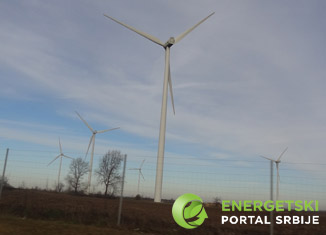

 South Stream Transport B.V. and Allseas Group signed in Amsterdam a contract to build the second string of the TurkStream gas pipeline’s offshore section. The document was signed as part of the option included in the construction contract for the pipeline’s first string, which had been inked in 2016.
South Stream Transport B.V. and Allseas Group signed in Amsterdam a contract to build the second string of the TurkStream gas pipeline’s offshore section. The document was signed as part of the option included in the construction contract for the pipeline’s first string, which had been inked in 2016.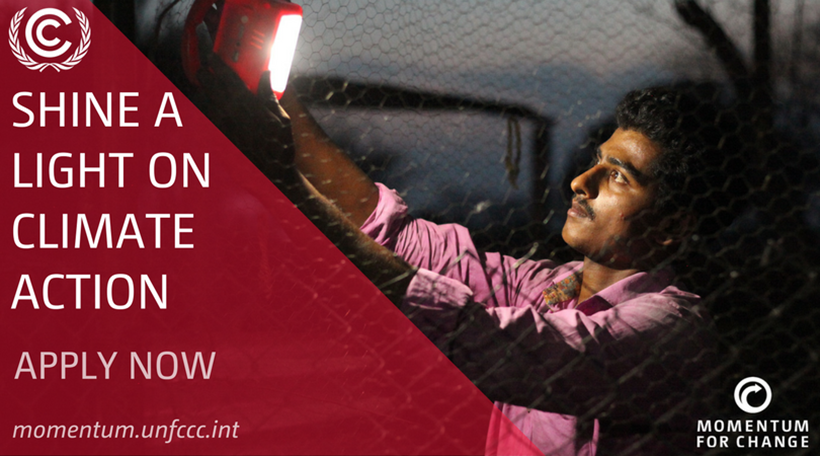
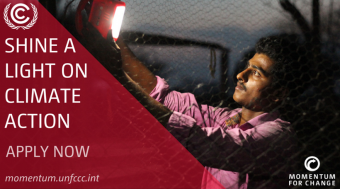 It is almost one month into the call for applications for the 2017 Momentum for Change Lighthouse Activities. If you haven’t done so already, be sure to submit your climate action project.
It is almost one month into the call for applications for the 2017 Momentum for Change Lighthouse Activities. If you haven’t done so already, be sure to submit your climate action project.